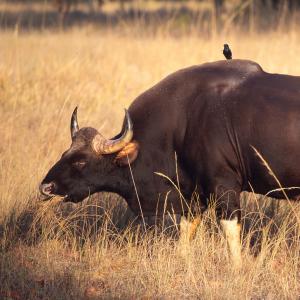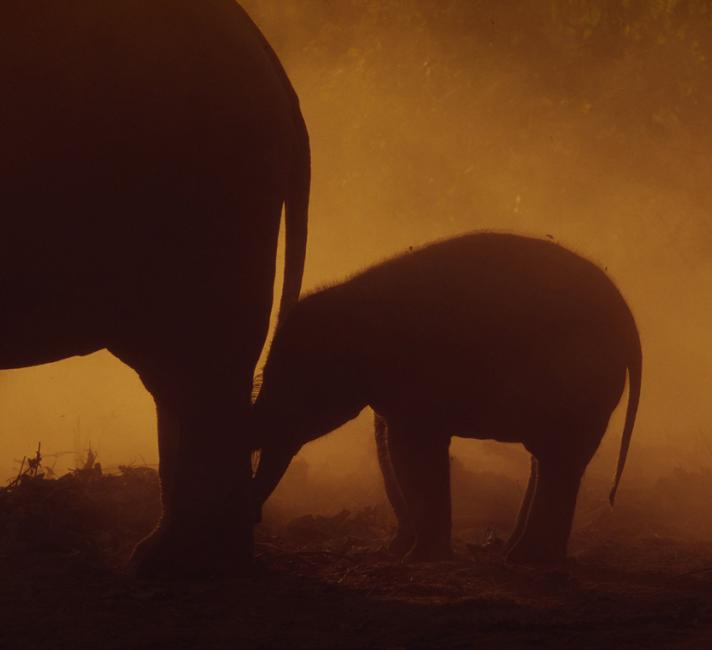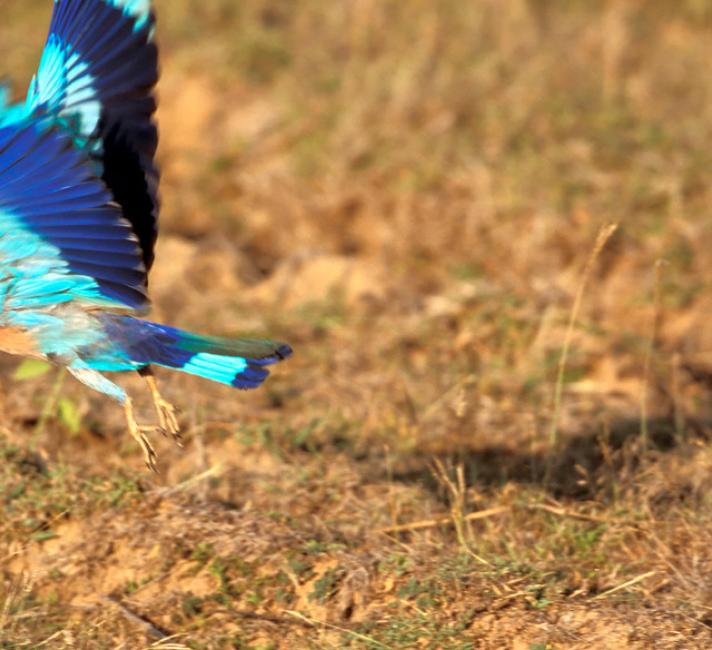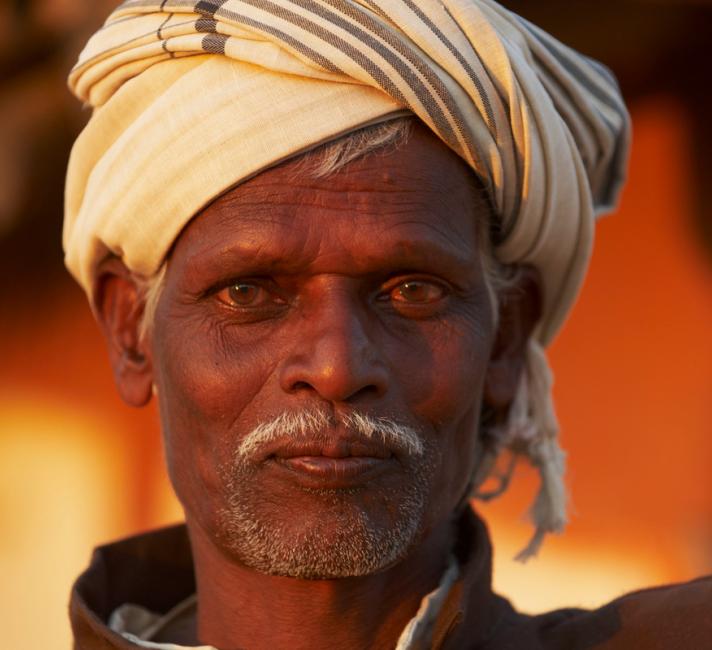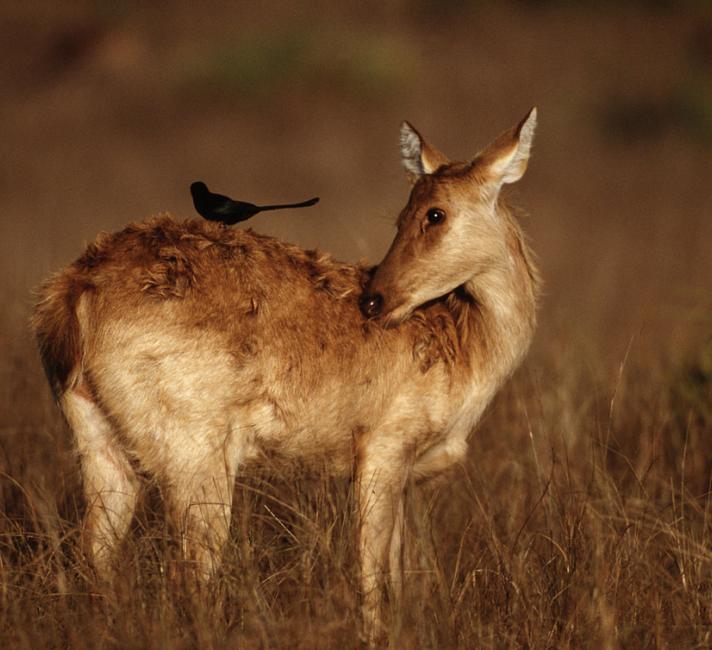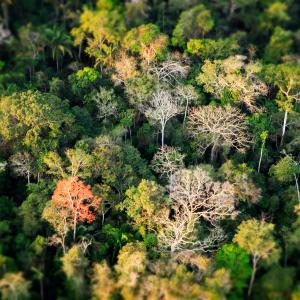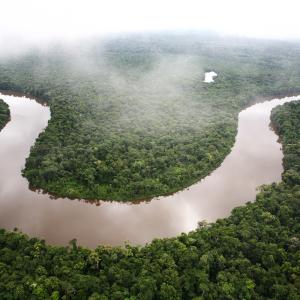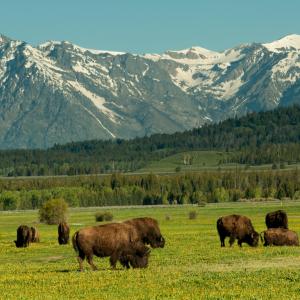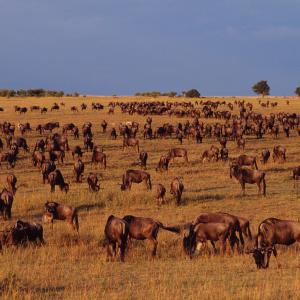
Why Satpuda Maikal is so important
Why Satpuda Maikal is so important
This part of central India contains some of the country’s biggest forests, and is rich in wildlife. It’s particularly important for tigers.
It’s a large area, this priority tiger landscape is around 118,000 sq km, of which almost 40% is forest, and includes some of the country’s most famous tiger reserves and protected areas.
The tiger reserves are connected by wildlife ‘corridors’ that fall outside the protected area network. These corridors can be a crucial way for tigers and other wildlife to move freely from one forest area to another, connecting populations and making sure they are able to expand and thrive.
But the scale makes it difficult to patrol and prevent poaching – especially without enough resources or training. That’s why we need your help…
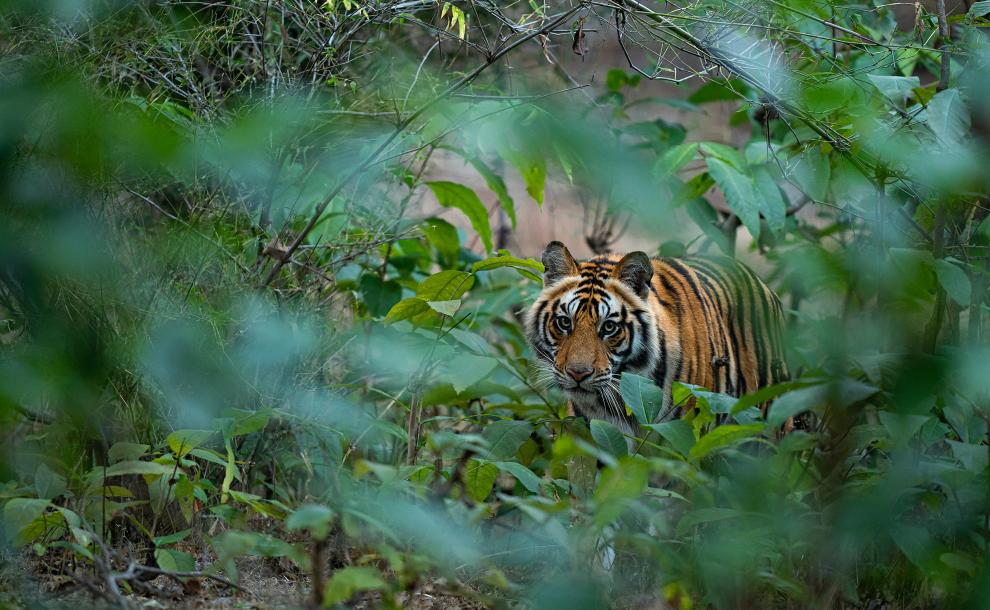
"Kanha Tiger Reserve in the Satpuda Maikal Landscape was the inspiration for Rudyard Kipling’s ‘Jungle Book’. Some of these beautiful ‘jungles’ are protected, but there are also good quality, unprotected forests which have great potential to support more tigers in the wild. For me, this is very exciting, as with the support of communities and government at this critical time, these areas can provide great opportunities for tigers to expand their range and populations."
31.6004938, 76.4743831
Location of Satpuda Maikal
Satpuda Maikal is in the central Indian highlands and spreads across the three states of Madhya Pradesh, Maharashtra and Chhattisgarh.

About Satpuda Maikal
About Satpuda Maikal
India’s central highlands are largely covered with tropical forests and natural grasslands – some of which have been converted to farmland and some of which are affected by fire and livestock grazing.
Although certain areas have been made protected reserves, the tigers and other wildlife here are threatened by poaching, uncontrolled cattle grazing, infrastructure development, unsustainable harvesting of forest produce (including medicinal plants), and regular forest fires.
The rural population here is very dependent on forest resources for income and food. And as India’s economy grows, increasing urbanisation and development (roads, railway, tourism etc) is threatening tiger lands and corridors. Mining adds pressures to the natural environment here too – Satpuda Maikal lies in central India’s mineral belt.
Our work includes working with others to help to protect and connect vital tiger areas to support growing wild tiger populations. We’re also helping to find ways to reduce the pressures on natural resources whilst improving livelihoods.

Restoring wildlife corridors for tigers
We’re working with government and communities to help protect and restore two wildlife corridors for tigers and other wildlife in this region – Kanha-Pench and Kanha-Achanakmar. Corridors are strips of wildlife-friendly land joining two or more similar, larger areas. They’re essential for safe movement of animals that need large areas to mix and breed. It means finding ways to reduce the impact of development and industry, and working with local communities to reduce pressure on natural resources and improve livelihoods. We also need to address the issue of poaching in these corridors. We’ve conducted specialised training sessions for the forest department staff in key areas, to improve law enforcement actions for any poachers they find, and wildlife monitoring to help the animals stay safe. These efforts are improving knowledge about the wildlife using these corridors, and improving law enforcement to tackle illegal activities.

